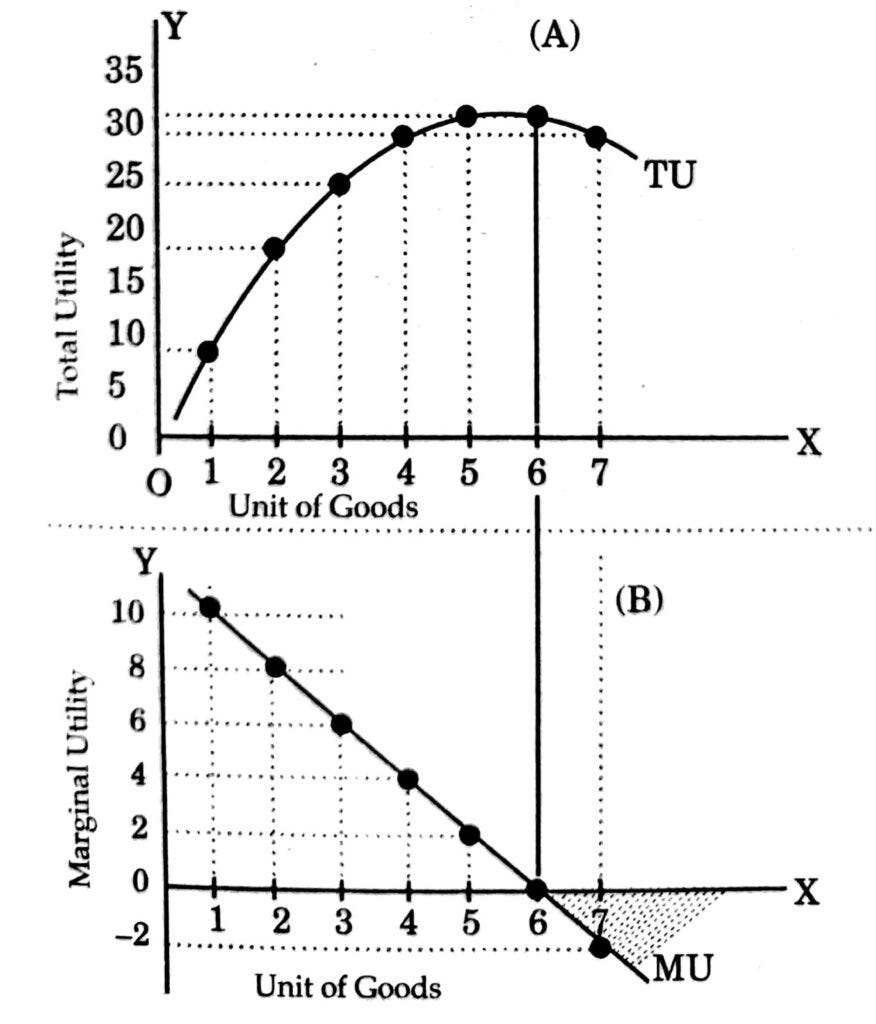Welcome back to the third and final post of this three part series on utility maximization, where I bend economic principles to serve my purpose. If you missed the earlier ones, here’s part one and part two. I realize this is 3 weeks later than I wanted it to be, but I was feeling uninspired; what can you do?
I ended Part 1 saying the following: I know what brings me joy, satisfaction, and happiness. I need to accept I am the only one who knows what is best from me. My utility curve is mine alone. I followed up in Part 2 about budget constraints to caveat what I said in Part one by saying the following: I know what brings me joy, satisfaction, and happiness, but I also know how much time, money, and emotional bandwidth I have. I may never be able to do it all because I will always be bound by the hours in a day, how much money I make, and how much emotional and mental energy I have to spend; and that is ok.
I want to end by discussing one last thing — marginal utility. This one is probably one of the simplest concepts to explain or comprehend. Economists define it as the incremental value or satisfaction derived from consuming one additional unit of a good. My professor used scoops of ice cream to explain this concept. Say you get 10 utils1 from consuming one scoop. If you’re me, you will probably get 22 utils from consuming two scoops (because its good to know there’s still some ice cream left after the first one and you will get to enjoy the melted soupy spoonfuls at the end) and 30 utils from consuming three scoops (because it gets sickening quick, let’s be honest). My total utility from 3 scoops would be 30 utils. The marginal utility can be computed as the delta in utility from consuming each incremental scoop, so the marginal utility of the first, second, and third scoops is 10 utils, 12 utils, and 8 utils respectively.
If you plot this over multiple scoops on the x axis, you will end up with an upside down U curve looking graph that represents the total utility. Consuming the second scoop results in increasing marginal utility. All following scoops are followed by diminishing marginal utility where each additional scoops results in less incremental satisfaction than the previous one as can be seen in the graph below. The bottom graph plots the delta between two consecutive points on the top graph to demonstrate diminishing marginal utility.
Economists have found that the principle of diminishing marginal utility applies to almost every single good that is consumed. Ice cream, apples, hours at work, hours at a spa, etc. They obviously found a way to optimize for when to stop consuming ice cream using a bunch of math….but it’s not necessarily relevant to get into that here.2
As I thought through maximizing my utility based on my constraints of time, money, and emotional / mental energy, I realized that I needed to start thinking at the margins. I was making ad hoc choices trying to maximize based on the overall utility of a choice without actually thinking about the time (or money and energy in some cases) I was putting into it and the marginal utility I was getting from each additional hour3. How much incremental value am I going to get from spending an extra hour writing this blog? From an extra hour of working? From an extra hour of spending time with my friends?
Even though I like to believe I am an exception to many rules, I am certainly not an exception to this rule. Honestly, I am not an exception to most rules, but a girl can dream. However, I have discovered the one circumstance in which the rule does not apply — time spent with friends.
The marginal benefit from sleeping, working, exercising, eating, shopping usually starts to decline after a certain point. After 8 hours of sleep, the 9th hour (on most days) doesn’t do all that much or after working 13 hours on a given day, the utility derived and the output from the 14th hour are quite abysmal. However, time spent with good friends is the exception. No matter how much time I spend with my friends, my utility increases hour by hour. The conversations get deeper, we get more vulnerable, things get crazier, we have more fun, the bonds get tighter, we love each other more.
What I have learned in the last few weeks is that when I have to optimize my utility when tradeoffs arise, remembering that time with friends always has increasing marginal utility makes many choices easier to make and life so much more rich.
To my friends Brittany, Gates, Jonah, Rachel, Kavya, Carol, and Jess: time spent with you is incredibly valuable; you send my utility through the roof. Thank you.
For the record, this is not advice.
Cheers,
Aaki
Books, Blogs, and Podcasts that made me think about this:
Paul Krugman on Marginal Utility
This is entirely arbitrary. Utils are the made up units economists use to quantify utility.
For a rational actor, the optimal consumption is the number of units at which the marginal utility is equal to the price of the good. Don’t ask me why, click here if you are interested.
Ideally when you think at the margins, you want to continue to spend time on something until the marginal benefit is greater than the marginal cost. And eventually you will reach a point at which the marginal utility is equal to the marginal cost (or the price of the good) at which point you stop. Marginal Revolution is one of my favourite blogs, and they explain this really well here



